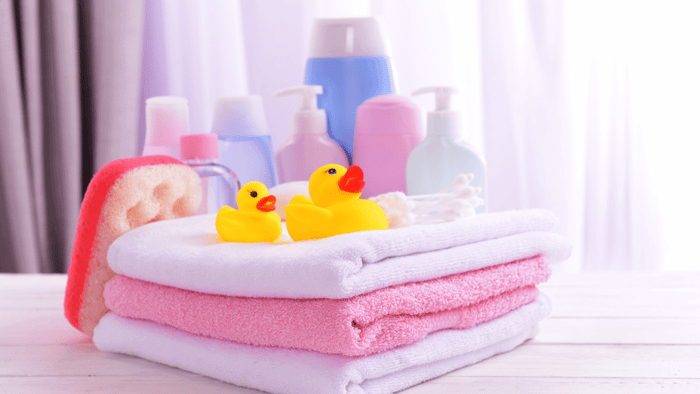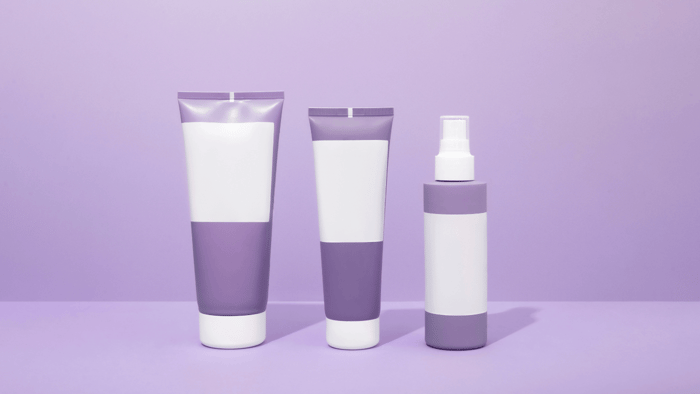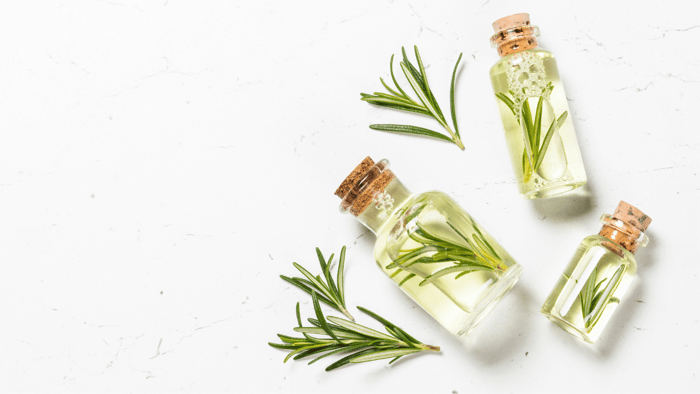Percentage Load vs Content - When working with fragrance oils and wax, one of the most common points of confusion is the difference between percentage load and percentage content. If you’ve ever wondered whether your 10% CLP (Classification, Labelling and Packaging) document covers both methods - or whether you should be adjusting your calculations - you’re not alone!
In this guide, we’ll break down what each term means, how they differ, and why your 10% CLP is valid for both approaches.
Understanding Fragrance Oil Load vs. Content
Before diving into the details, let’s define what percentage load and percentage content actually mean in the context of making wax-based products like candles and wax melts.
Fragrance Load (%)
This refers to the amount of fragrance oil used in a wax formula based on the total wax weight. It tells you how much oil is added relative to the wax alone—before combining the two.
For example:
- If you add 10g of fragrance oil to 100g of wax, your fragrance load is 10% because:
This is the most widely used method for calculating fragrance percentages because it helps makers determine how much wax they need before adding fragrance.
Fragrance Content (%)
This refers to how much fragrance oil is present in the final product, including both wax and fragrance oil together.
For example:
- Using the same 10g fragrance oil and 100g wax from before, the total product weight is 110g (wax + oil).
So, while you started with a 10% fragrance load, the actual fragrance content in the final candle/wax melt is only 9.09% because the total weight is now higher.
Why Do These Differences Matter?
At first, the difference between fragrance load and fragrance content might seem minor, but it can impact:
✅ Product Labelling & Compliance – Ensuring correct CLP labels and SDS sheets.
✅ Scent Performance & Hot Throw – Higher fragrance loads can enhance scent strength.
✅ Wax Performance & Stability – Too much fragrance oil can affect wax adhesion and burn quality.
✅ Pricing & Cost Calculations – Understanding how much oil goes into your product.
Let’s look at why this matters when creating candles and wax melts.
How Does This Affect CLP & Compliance?
If you sell wax-based products in the UK and EU, you must comply with CLP (Classification, Labelling & Packaging) regulations. These laws require specific hazard labelling for any product containing fragrance oils, as they often contain allergens or irritants.
One of the biggest concerns for makers is whether their CLP labels are still valid if they use the percentage content method instead of the percentage load method.
🔹 The Good News? Your 10% CLP is still fine for both!
Why?
- CLP calculations are based on the fragrance concentration in the final product, so as long as you don’t exceed the maximum safe load outlined in your IFRA certificate, your label remains valid.
- Whether you use percentage load or percentage content, the difference in actual fragrance content is small and doesn’t affect the hazard classification.
Example Scenario:
Let’s say a fragrance oil requires a CLP label at 10%.
1️⃣ If you use a 10% fragrance load, your final product actually contains 9.09% fragrance content.
2️⃣ If you use a 10% fragrance content method, you’d need slightly more fragrance oil to reach the true 10% content, but this is rare.
Since both are under the same hazard classification, your original 10% CLP label is still correct.
🔹 The key takeaway? Stick to the method that works best for your calculations—your 10% CLP covers both approaches!
Which Calculation Method Should You Use?
While both methods work, most candle and wax melt makers prefer percentage load because:
✅ It’s easier to calculate when weighing ingredients.
✅ It aligns with industry-standard recipes and guides.
✅ It ensures consistency in scent throw and performance.
However, some large-scale manufacturers prefer percentage content because it helps with mass production cost calculations and final product consistency across different formulations.
Maximising Fragrance Performance in Wax
Now that we understand the differences between fragrance load and content, let’s talk about how to get the best scent performance.
What’s the Best Fragrance Load for Candles & Wax Melts?
The optimal fragrance percentage depends on:
🔹 The type of wax – Some waxes hold more fragrance than others.
🔹 The fragrance oil composition – Some are stronger at lower loads.
🔹 Product type – Candles, wax melts, and diffusers all perform differently.
| Product Type | Recommended Fragrance Load |
|---|---|
| Candles (Soy, Paraffin, Blends) | 6-10% |
| Wax Melts | 8-12% |
| Reed Diffusers | 15-25% |
| Room Sprays | 3-10% |
| Perfumes & Body Sprays | 10-20% |
⚠️ Important: Exceeding the recommended load can lead to:
❌ Poor burn performance (for candles).
❌ Sweating or separation in wax melts.
❌ Reduced longevity in room sprays.
Always test each fragrance in your specific wax base before selling!
Final Thoughts: Why Understanding Fragrance Load vs. Content Matters
🔹 Fragrance load refers to how much fragrance is added to wax.
🔹 Fragrance content refers to how much fragrance is in the final product.
🔹 Both methods are valid, and your 10% CLP covers both approaches.
Understanding these differences will help you create high-quality, compliant, and long-lasting products while making your calculations easier.
At House of Scent, we provide premium, undiluted fragrance oils designed for candles, wax melts, diffusers, and more - so no matter which method you use, you’ll get the best results!
💬 Still have questions? Join our House of Scent Facebook Community and chat with other makers!






.jpg)






